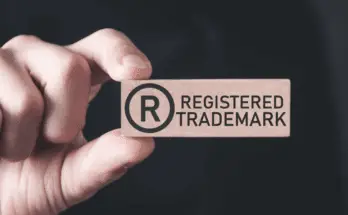Reducing waste isn’t just good for the planet—it’s also good for business, as people increasingly expect companies to demonstrate eco-conscious practices. By reducing waste, businesses can cut costs, improve brand reputation, and contribute to a healthier planet. Here are four practical waste reduction strategies for businesses.
Conduct a Waste Audit
The first step to reducing waste is understanding where it’s coming from. Conducting a waste audit gives you a clear picture of how much waste your business generates and, more importantly, what types of waste you produce. Start by examining your waste streams over a set period, sorting them into categories such as paper, plastics, food waste, or electronics. This process will highlight areas with high levels of unnecessary waste.
For instance, you might discover that a significant portion of waste is coming from disposable beverage cups in office spaces or surplus packaging from shipping. With these insights, you can target specific problems and create focused waste reduction initiatives for measurable impacts.
Implement Recycling Programs
Once you understand your waste, the next logical step is to recycle as much of it as possible. Establish an intuitive recycling program in the workplace. Clearly label bins for different types of recyclables to make it easy for employees to participate. Beyond the basics, you can partner with an industrial plastic recycling company or a company that specializes in more advanced options, such as electronics recycling or organic waste composting.
Proper education and regular reminders about how employees can contribute to recycling efforts will keep participation rates high and reduce the likelihood of accidental contamination. The rewards are twofold, helping to minimize landfill waste while supporting a circular economy.
Reduce Packaging
Excess packaging contributes significantly to unnecessary waste, especially for businesses engaged in e-commerce or product distribution. One impactful way to address this is by opting for minimal or eco-friendly packaging. For example, you could switch to materials that are biodegradable or made from recycled content.
Evaluate the design of your packaging as well. Compact designs that eliminate wasted space often require fewer materials. By cutting down on packaging waste, your business sends a strong message of environmental responsibility to its customers, which can positively influence brand loyalty and perception.
Go Digital
Paper waste is another major contributor to landfills, but it’s one that businesses can address with a simple pivot to digital practices. Reduce or eliminate paper use by digitizing documents, invoices, and marketing collateral. Implement cloud-based systems and collaborative communication tools to minimize the need for printouts, sticky notes, or paper files.
For customer interactions, consider online billing and digital contracts. This reduces physical waste, modernizes processes, increases efficiency, and ensures easier record management.
When businesses take these waste reduction strategies seriously, the result is a win for both the environment and the bottom line. Take the first step today by auditing your waste streams and identifying changes you can implement.



